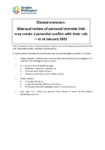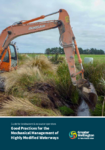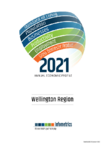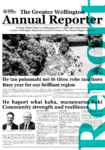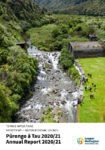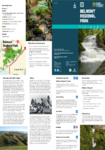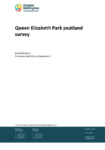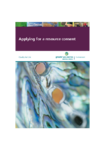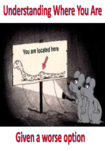-
Elected members: Biannual review of personal interests that may create a potential conflict with their role – as at January 2022
This is a summary of the elected members’ biannual review of their personal interests that may potentially intersect with their responsibilities.
alarm Published 31 Jan 2022 -
Good Practices for the Mechanical Management of Highly Modified Waterways
The highly modified rivers and streams that make up drainage networks are often thought to be of little ecological value. This is due to their “unappealing” appearance, the intensively developed…
alarm Published 31 Jan 2022 -
Wellington Regional Annual Economic Profile 2021
Infometrics produce an annual economic profile for the region, this covers a range of analysis including employment, productivity and standards of living at a regional level.
alarm Published 31 Jan 2022 -
Te Pane Matua Taiao he whakarāpopoto i te pūrongo ā-tau 2020/21 | Greater Wellington Regional Council Summary of the Annual Report 2020/21
Every year Greater Wellington produces an Annual Report that looks at our achievements, compared to what we set out to do. It covers all the Council’s activities and the way they’re…
alarm Published 18 Jan 2022 -
Pūrongo ā Tau 2020/21 | Annual Report 2020/21
2020/21 has been a successful year of planning and partnership for Greater Wellington. We collaborated with our community and mana whenua partners to deliver key services, create a number of…
alarm Published 18 Jan 2022 -
-
Queen Elizabeth Park peatland survey
A survey of peatland at Queen Elizabeth Park was completed as part of a project aimed at restoring the peatland. Peat depth and extent was mapped, while soil chemical and…
alarm Published 01 Jan 2021 -
-
